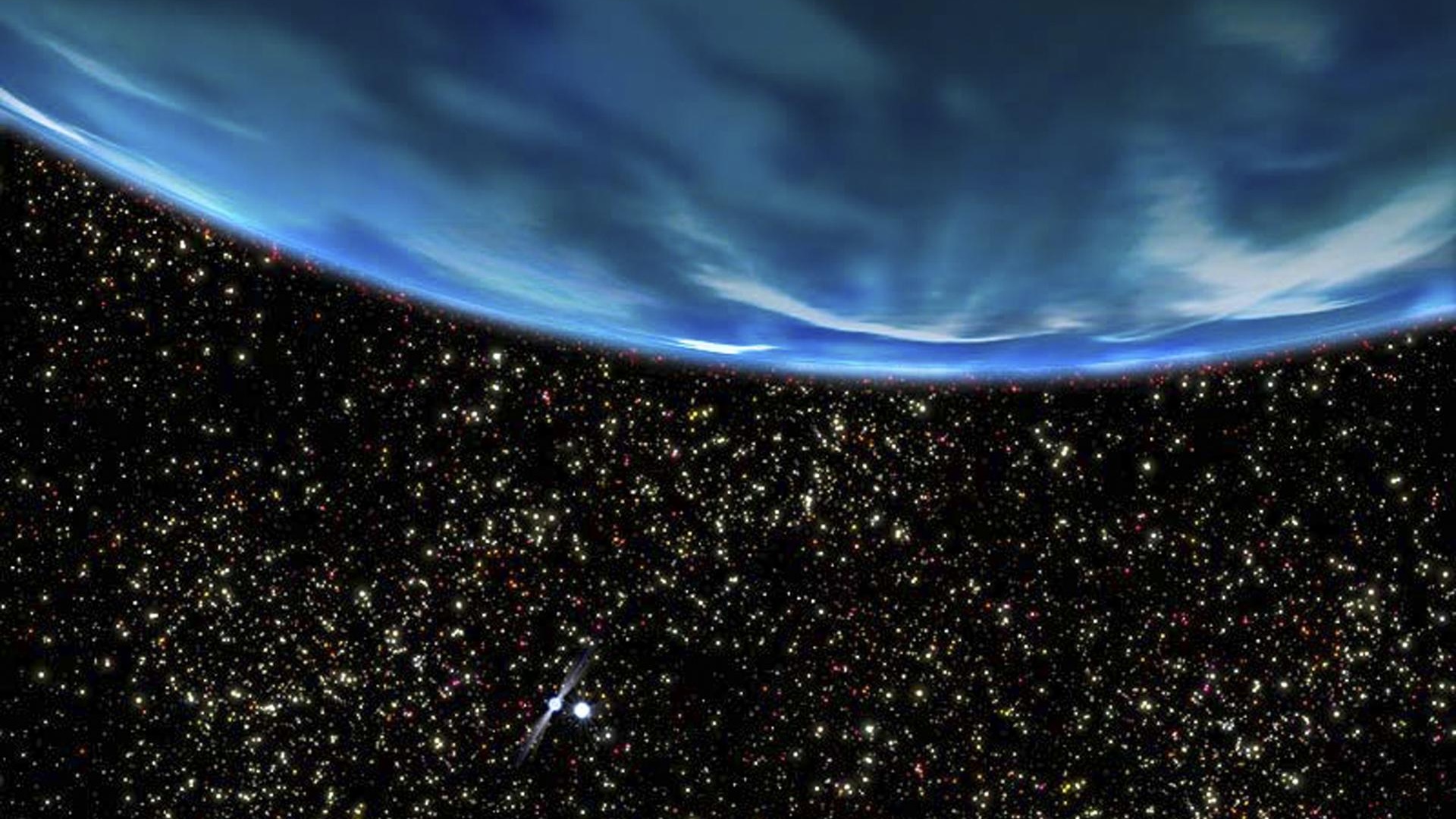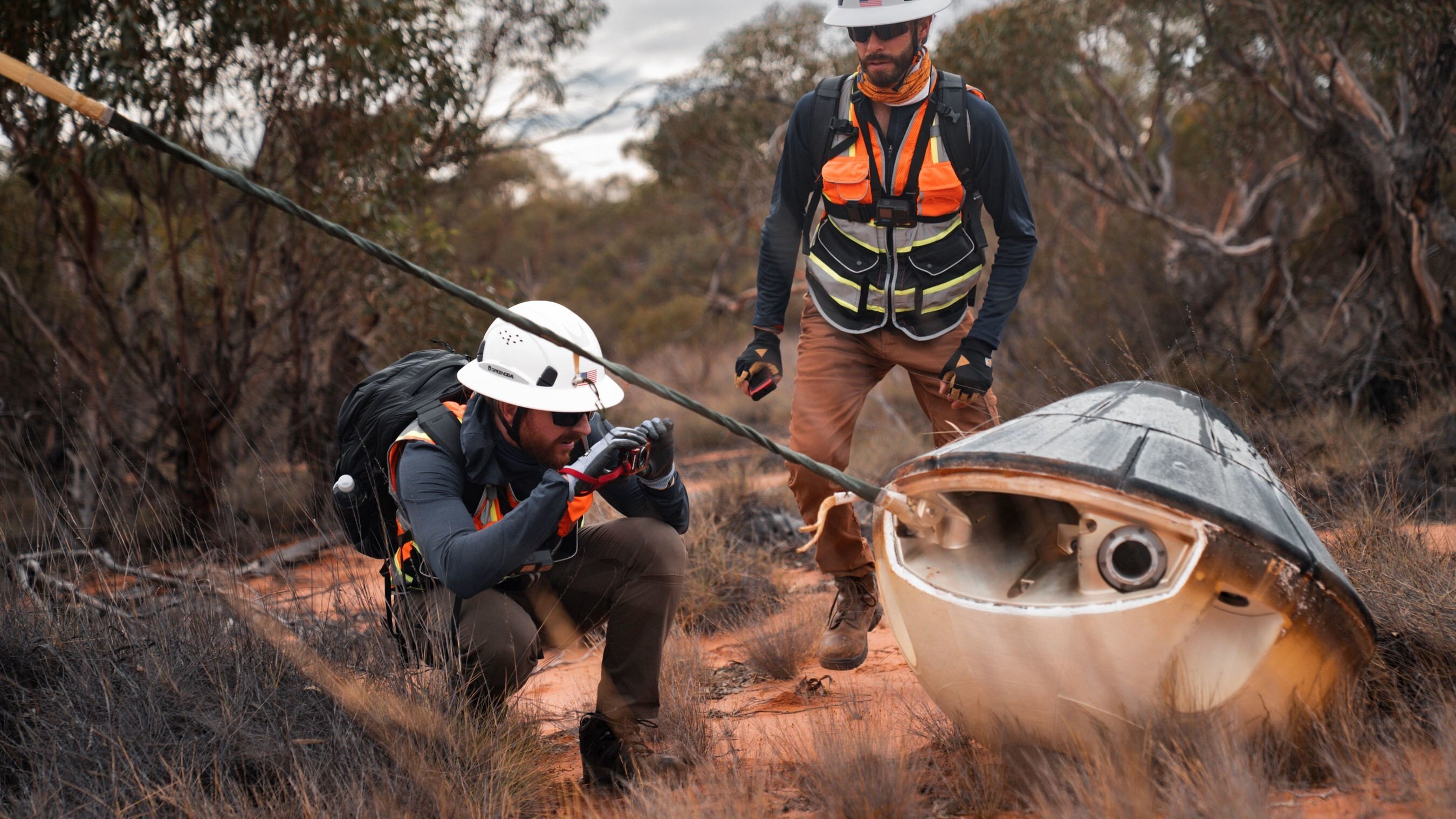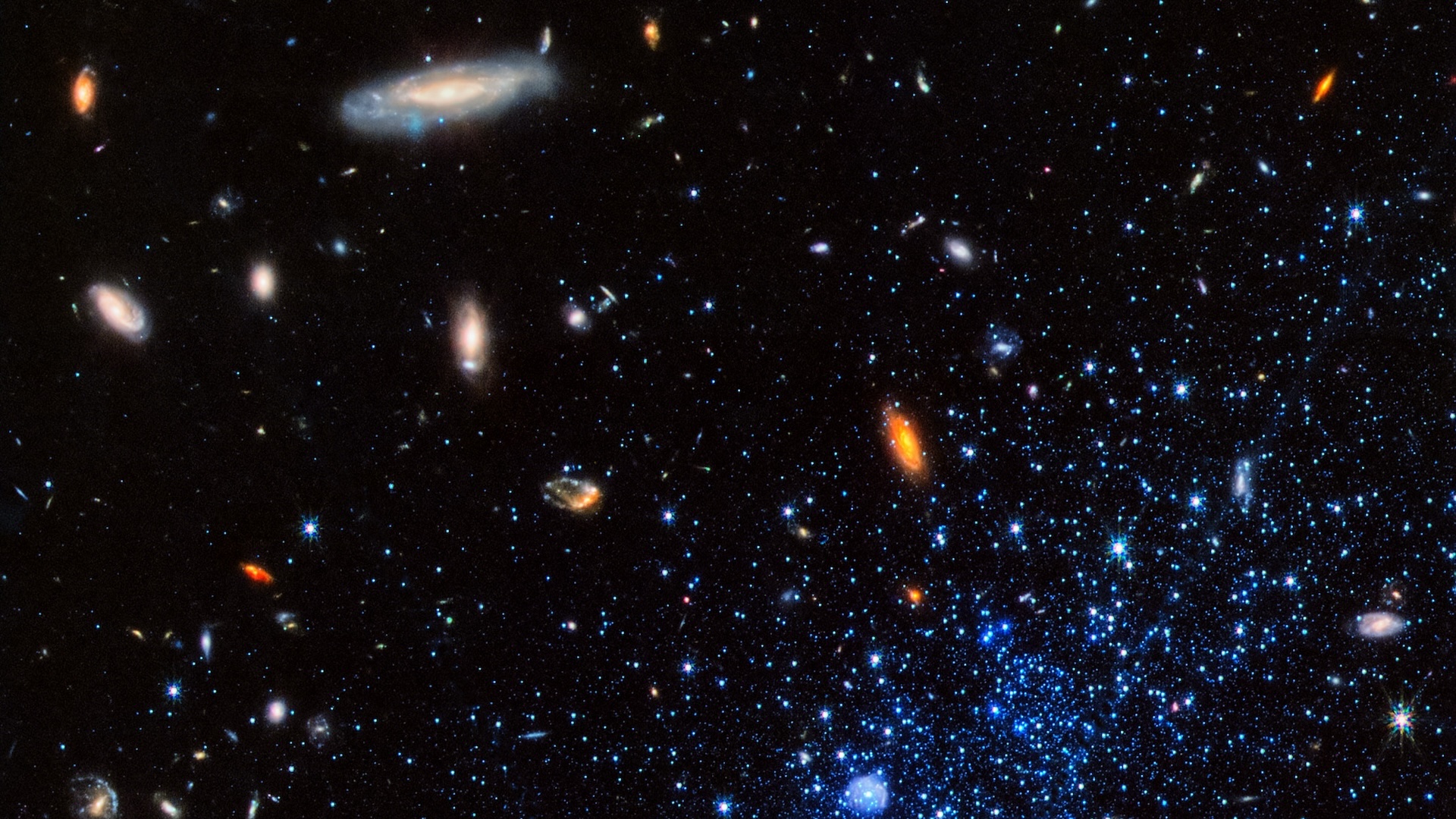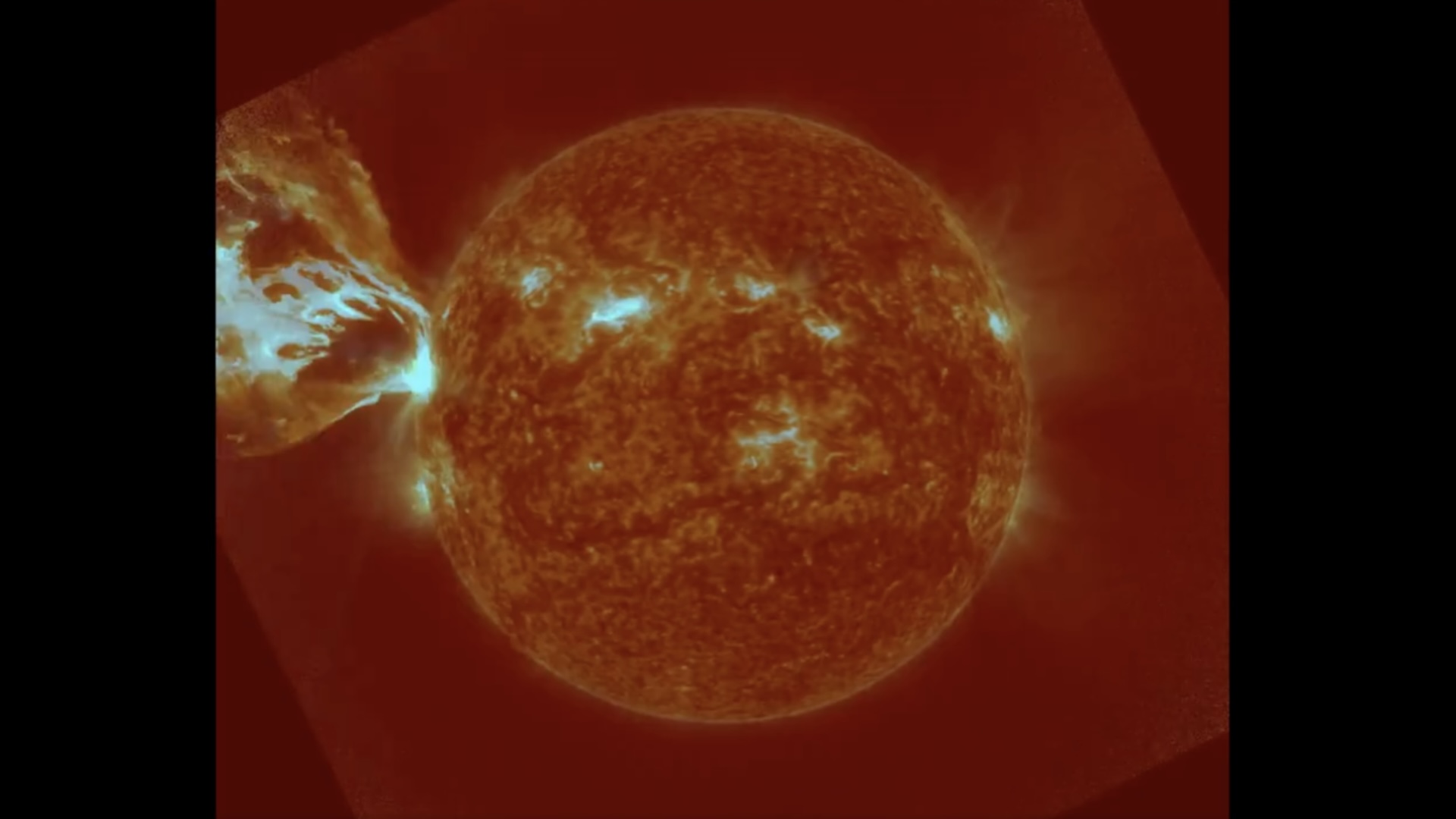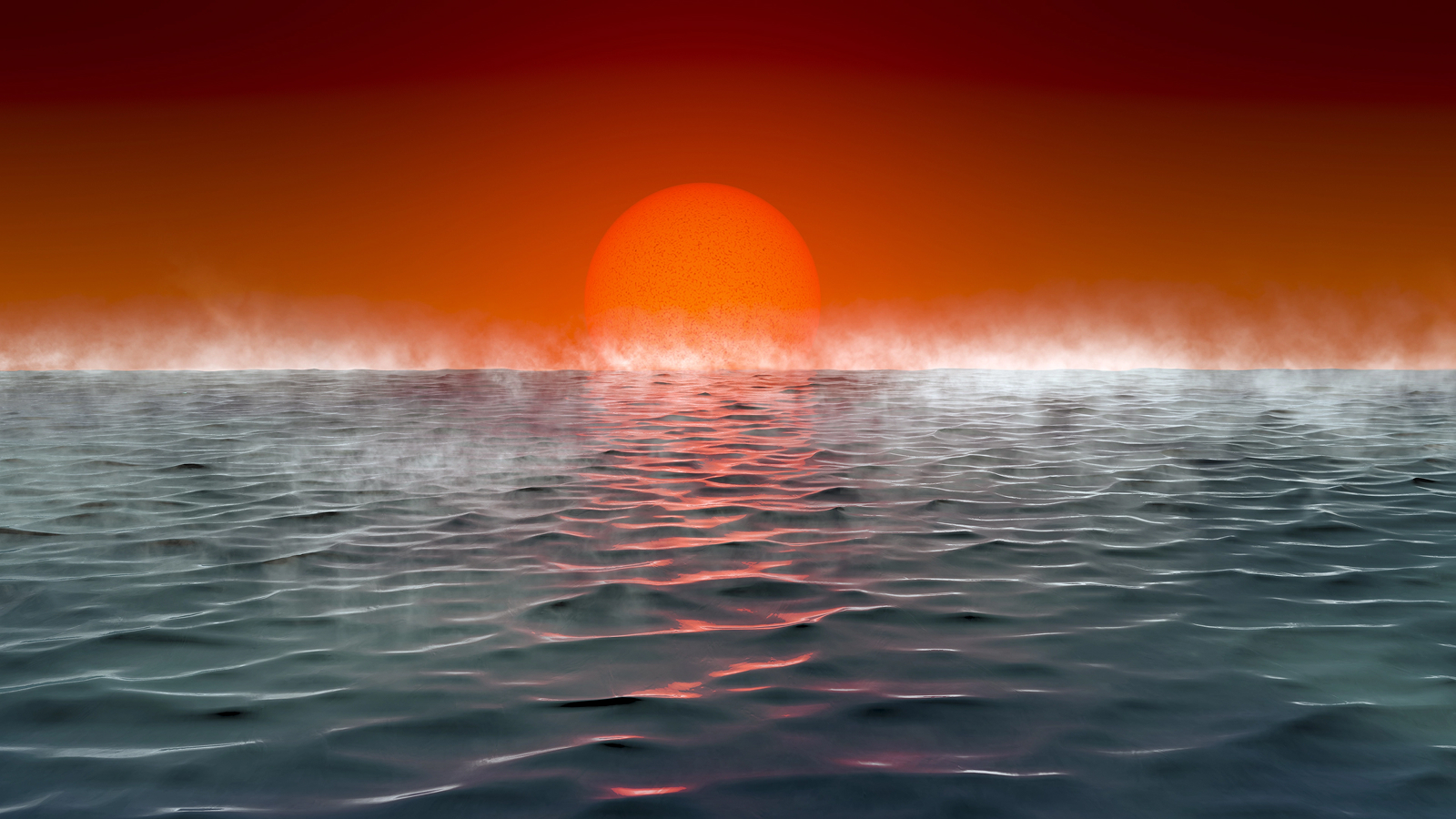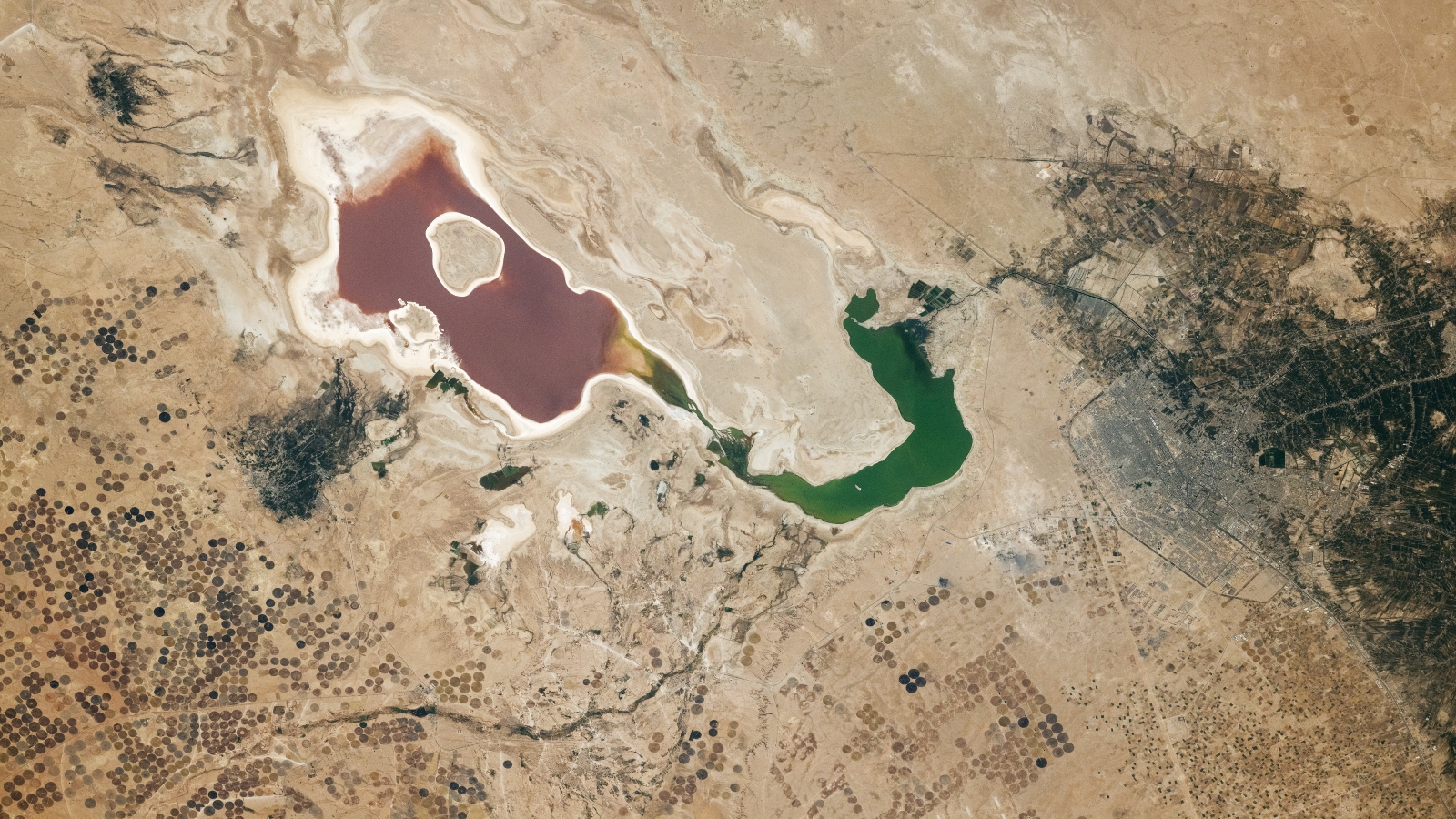Space news, features and articles
Explore Space
Editor's Picks
Latest about Space
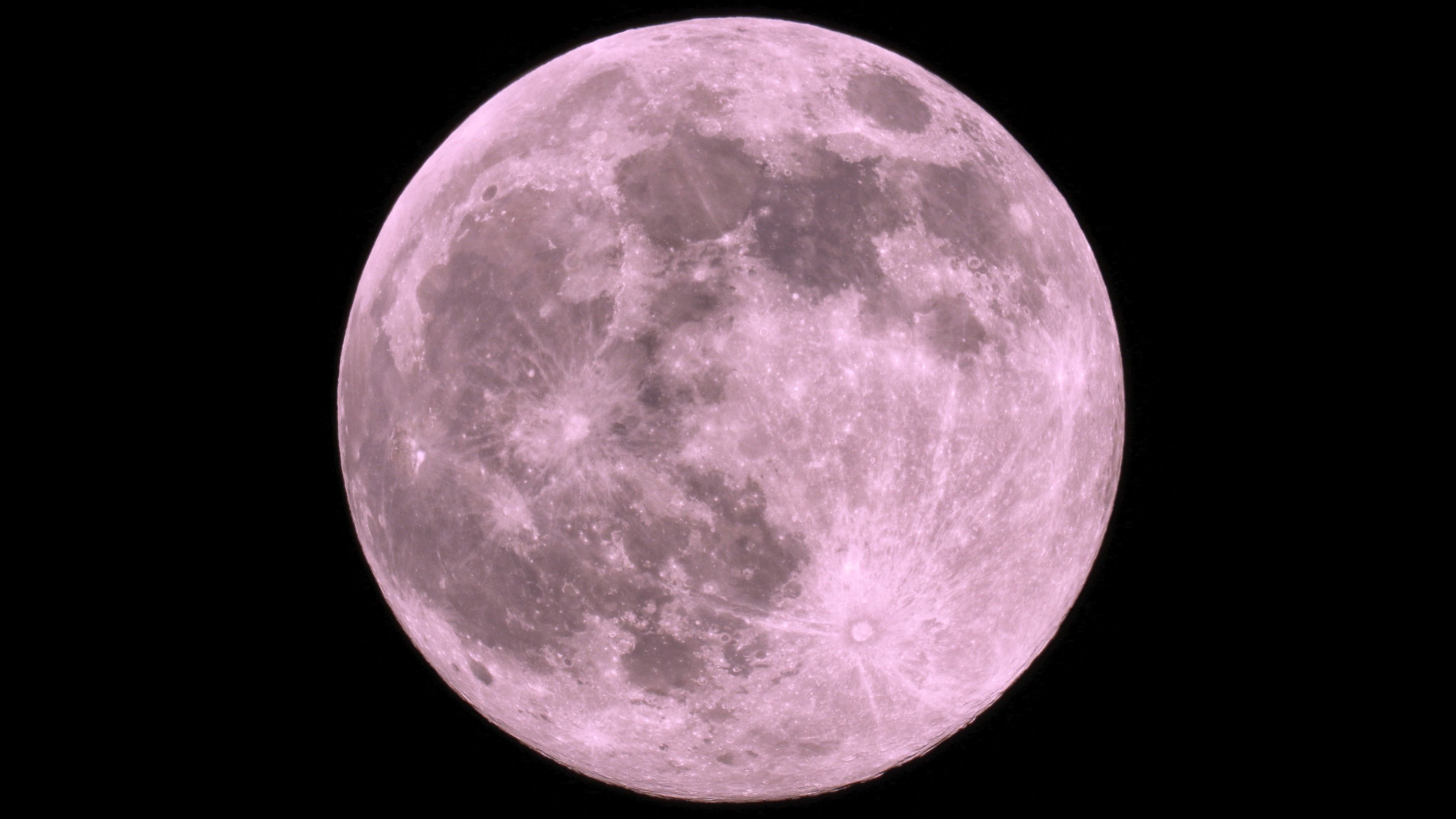
Full moons of 2025: When is the next full moon?
By Jamie Carter last updated
April's full moon is the Pink Moon, rising April 12. It will also be a micromoon, appearing slightly smaller than usual.
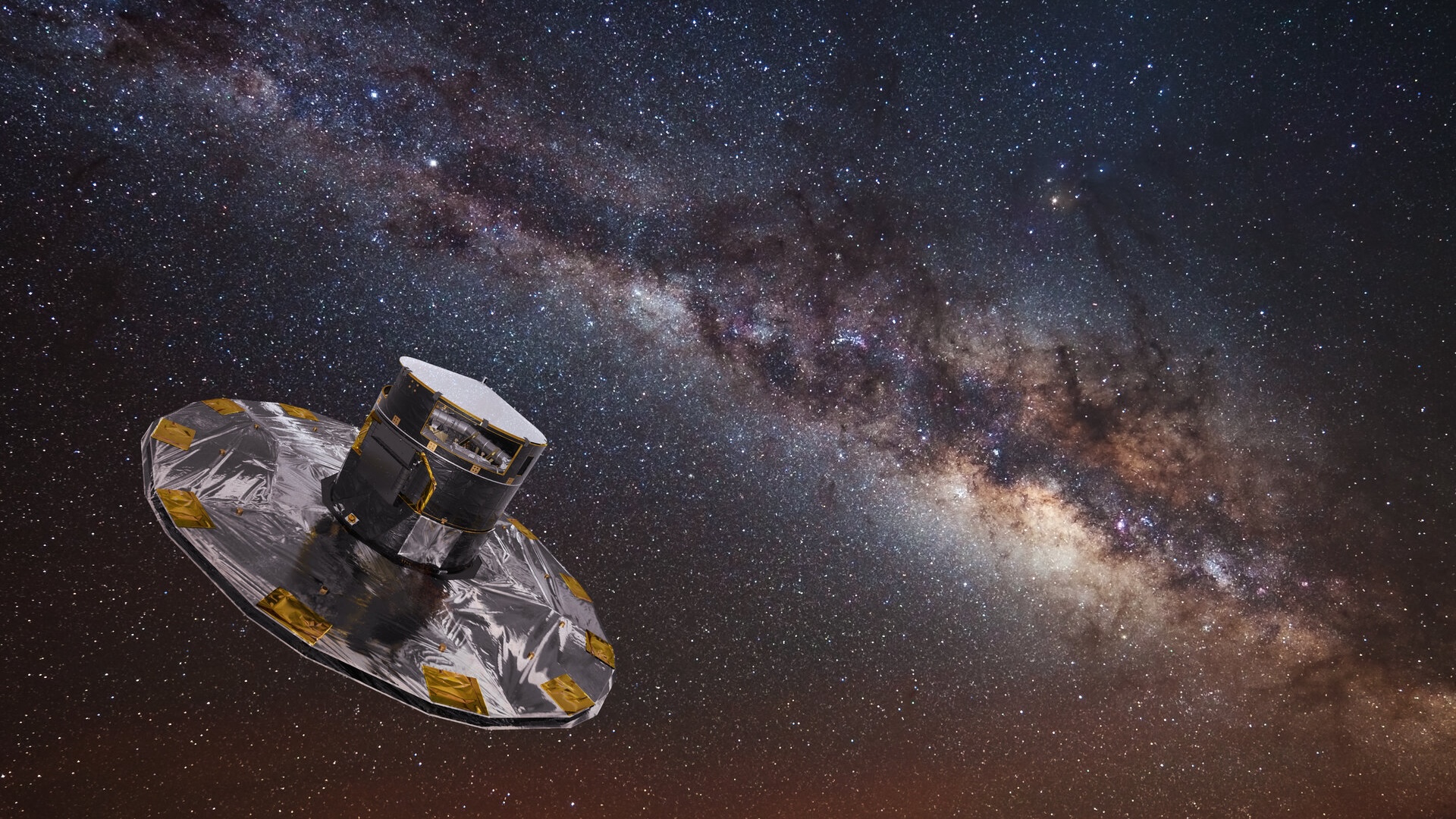
Gaia telescope retires: Scientists bid farewell to 'the discovery machine of the decade' that mapped 2 billion Milky Way stars
By Sharmila Kuthunur published
After 11 years mapping the Milky Way, the European Space Agency's Gaia space telescope has retired. Scientists hailed it as "the discovery machine of the decade."
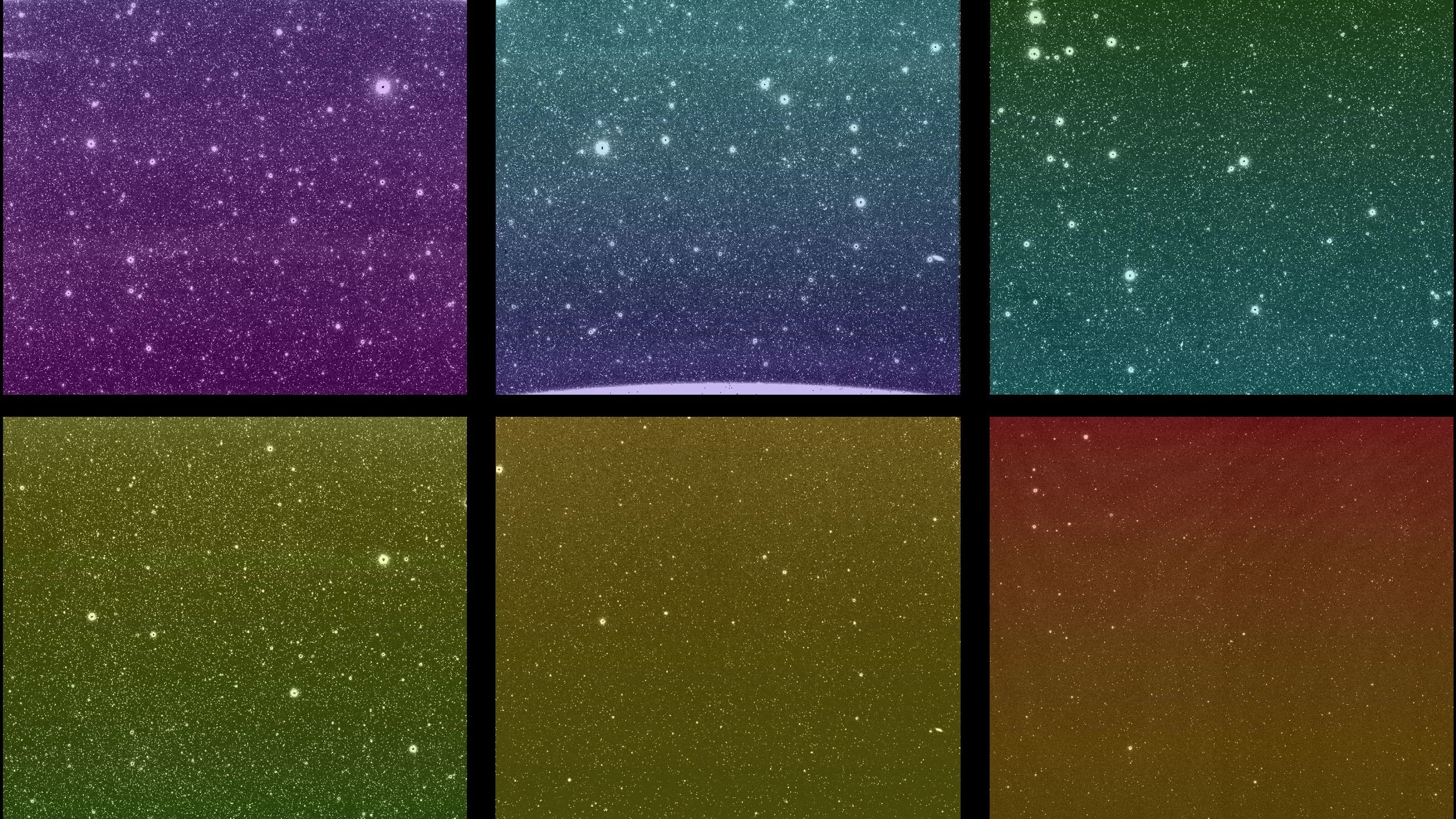
NASA's SPHEREx telescope 'opens its eyes on the universe', taking stunning debut image of 100,000 galaxies and stars
By Ben Turner published
SPHEREx's first images — containing roughly 100,000 points of light stars, galaxies and nebulae — have confirmed that the telescope is working according to its design.
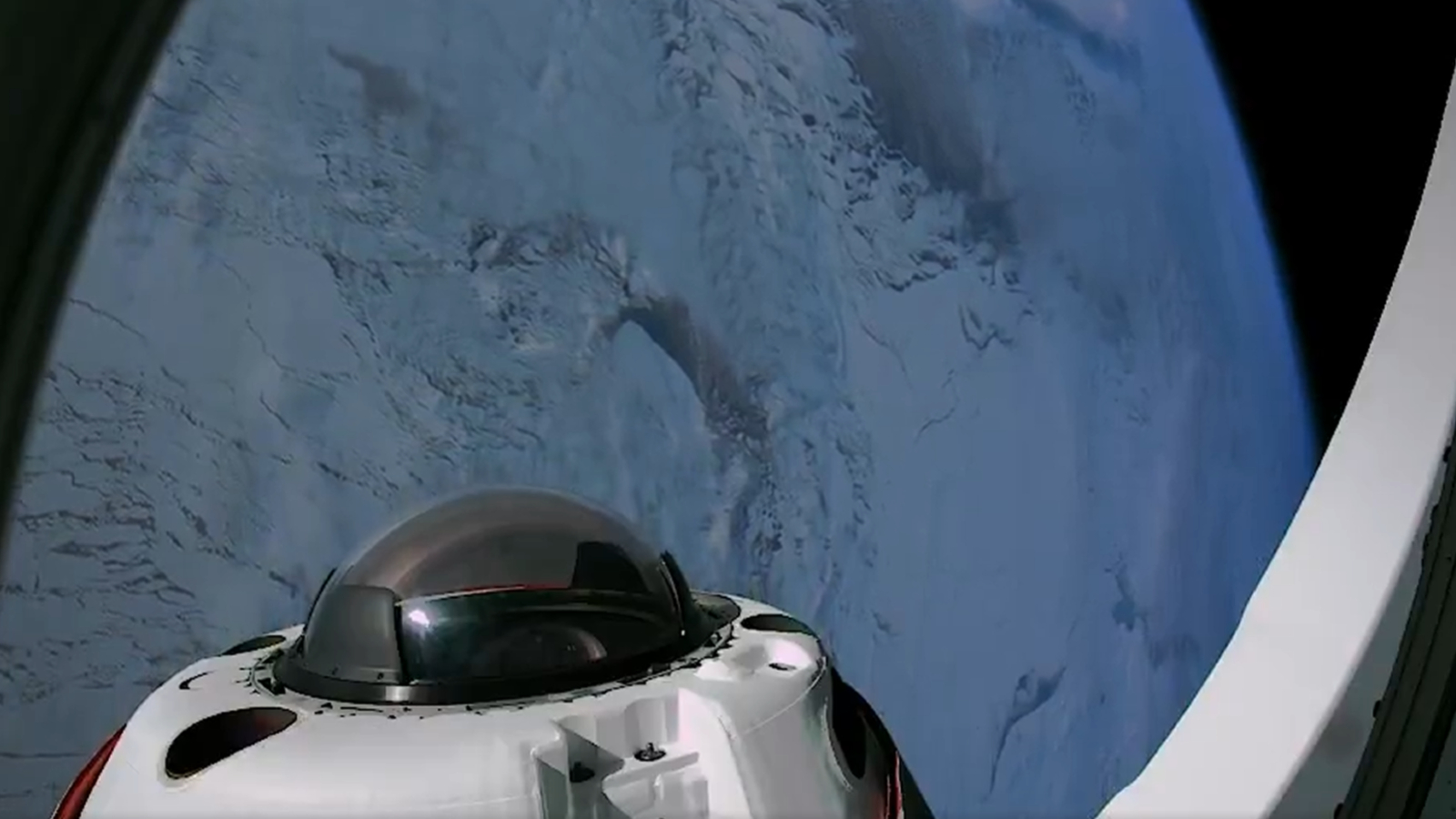
'A notch above a gimmick': Experts question scientific merit of billionaire's Fram2 'space adventure' around Earth's poles
By Harry Baker published
The recently launched Fram2 mission, which is funded and led by cryptocurrency billionaire Chun Wang, will attempt to grow mushrooms, test out hormone diapers and X-ray civilian astronauts. However, experts say that these novel experiments are unlikely to yield meaningful results.

Best smart telescopes 2025: The latest technology for exploring the universe
By Rowena Cockett published
The best smart telescopes offer a supremely easy way of viewing the night sky.
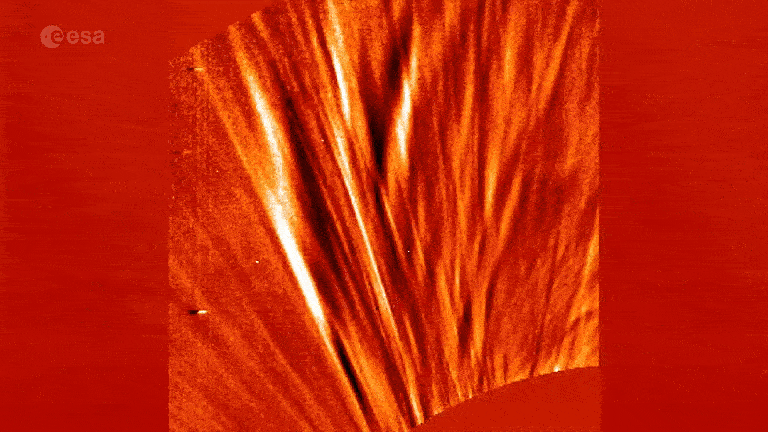
Watch eerie 'UFOs' and a solar 'cyclone' take shape in stunning new ESA video of the sun
By Harry Baker published
An eerie new video from ESA's Solar Orbiter shows a towering 'cyclone' of plasma exhibiting behaviors never seen before on our sun.
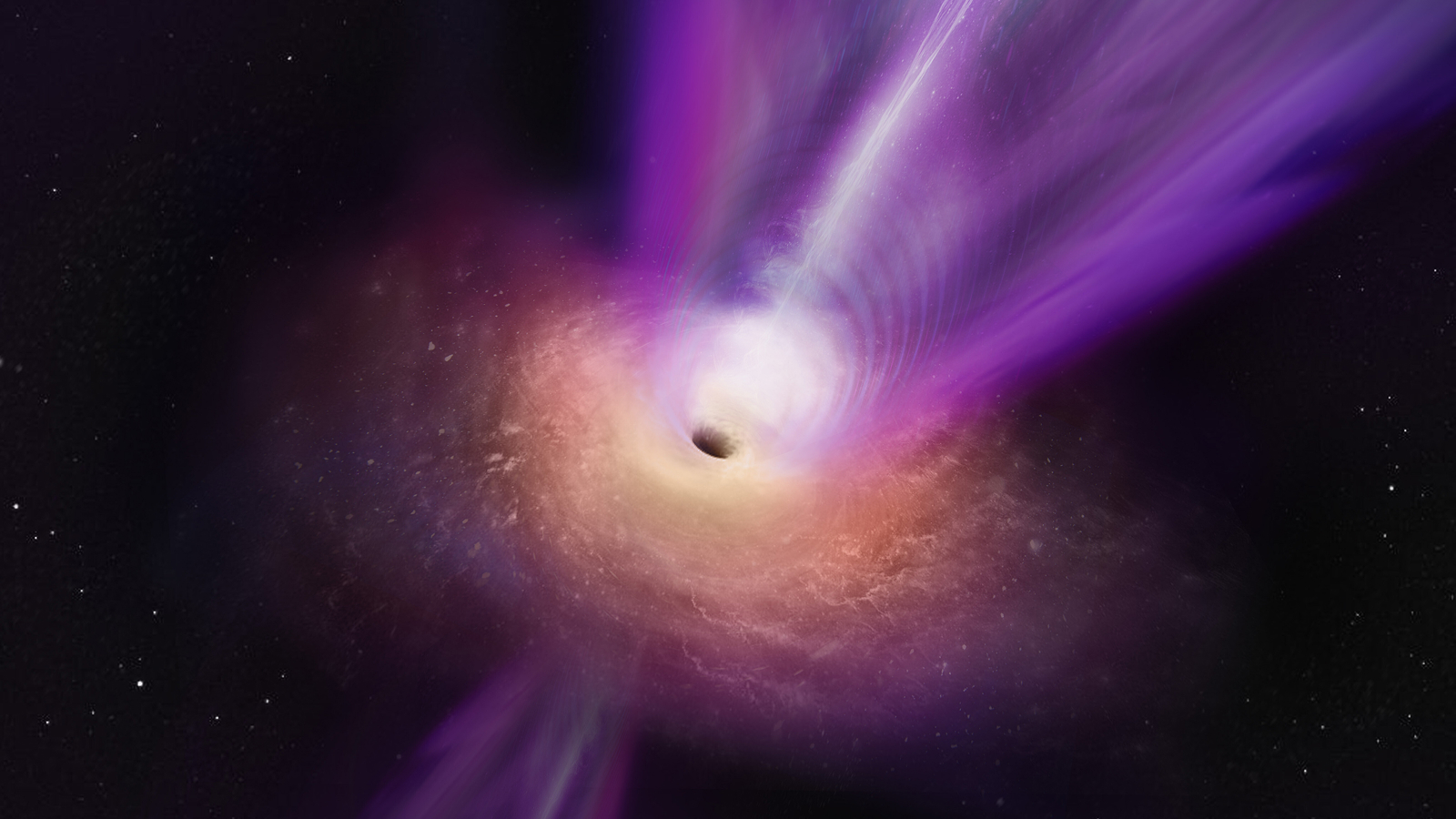
Black holes can destroy planets — but they can also lead us to thriving alien worlds. Here's how.
By David Garofalo published
Whether a galactic environment has the right conditions for habitable planets to form could depend on how the black hole in that galaxy is rotating.
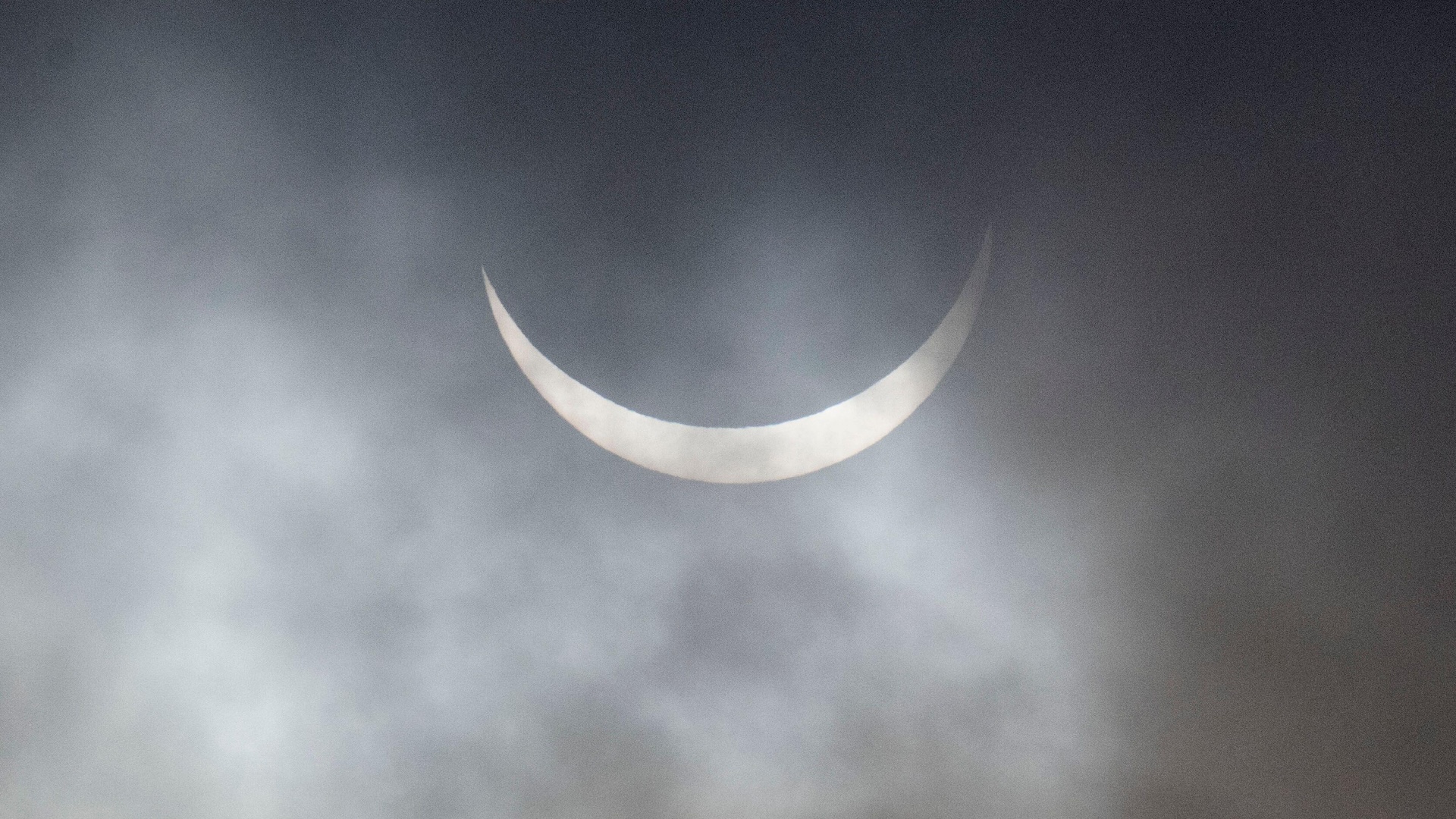
See spectacular photos from Saturday's partial solar eclipse
By Skyler Ware published
The partial solar eclipse on March 29 wowed skywatchers in the Northern Hemisphere.
Sign up for the Live Science daily newsletter now
Get the world’s most fascinating discoveries delivered straight to your inbox.
